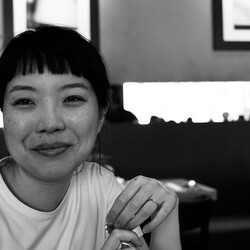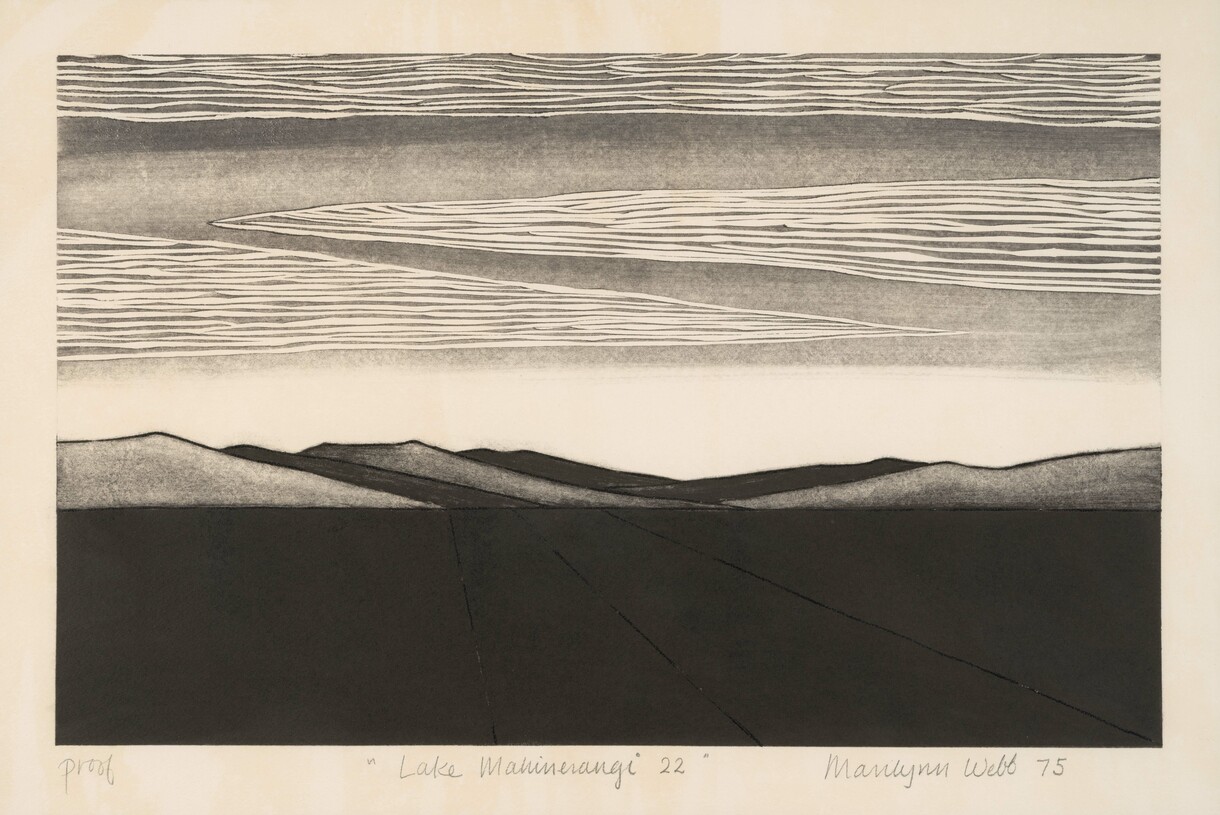Commentary
B.
Bulletin
New Zealand's leading
gallery magazine
Latest Issue
B.21901 Mar 2025
Contributors
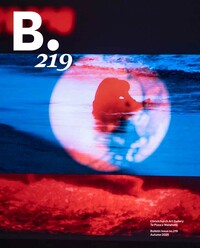
Commentary
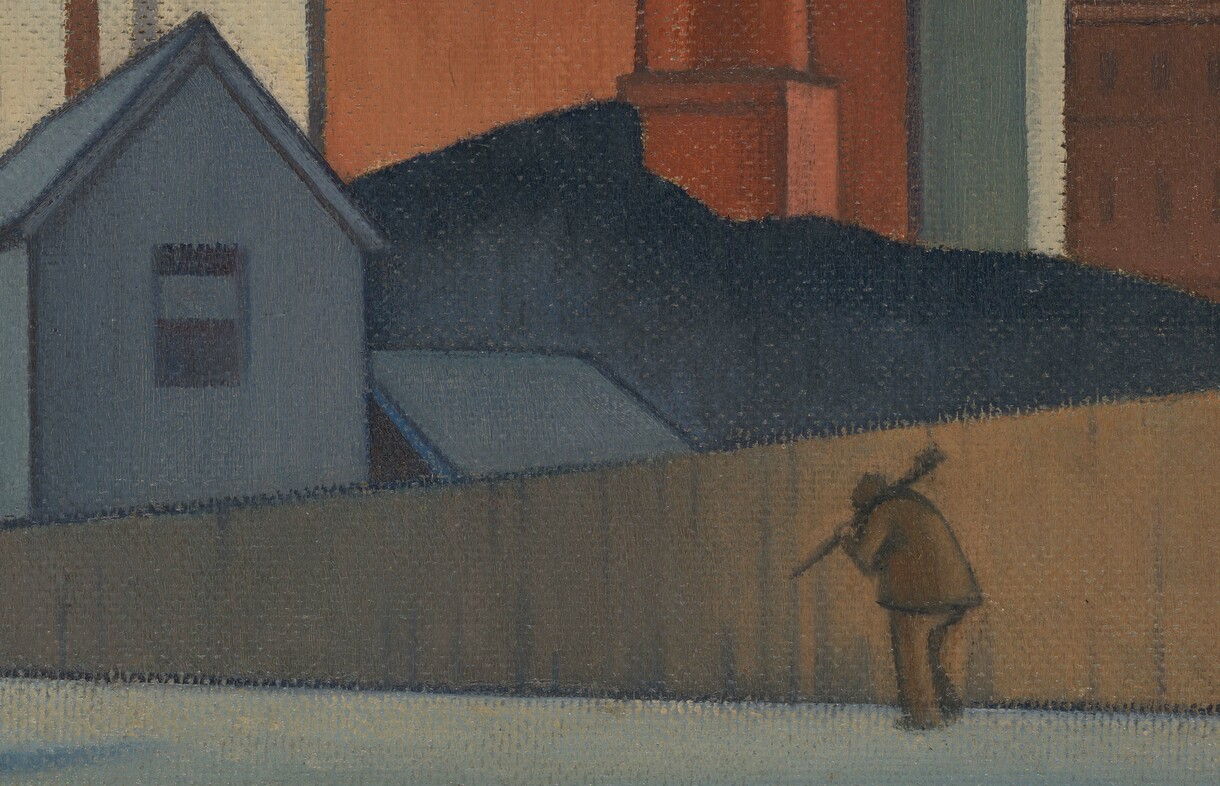
Down and Gritty
The art history of Aotearoa New Zealand includes a subgenre of landscape painting that is often under recognised, but enlivens the story of this country in gritty, illuminating ways. Investigating the twentieth-century painters who focused on the urban and industrial exposes a rich seam of material, with subject-matter ranging from gasworks, hydroelectric plants and foundries to factories, warehouses and cityscapes, workshops, wharves and railway yards. The artists are a combination of well known and less familiar names, but it is notable that this direction developed most strongly among the Ōtautahi Christchurch-trained: two-thirds of the artists in From Here on the Ground attended the Canterbury College School of Art, where many also taught. It was a training ground regarded as among the most progressive in the Southern Hemisphere for several decades in the first half of the century.
Commentary
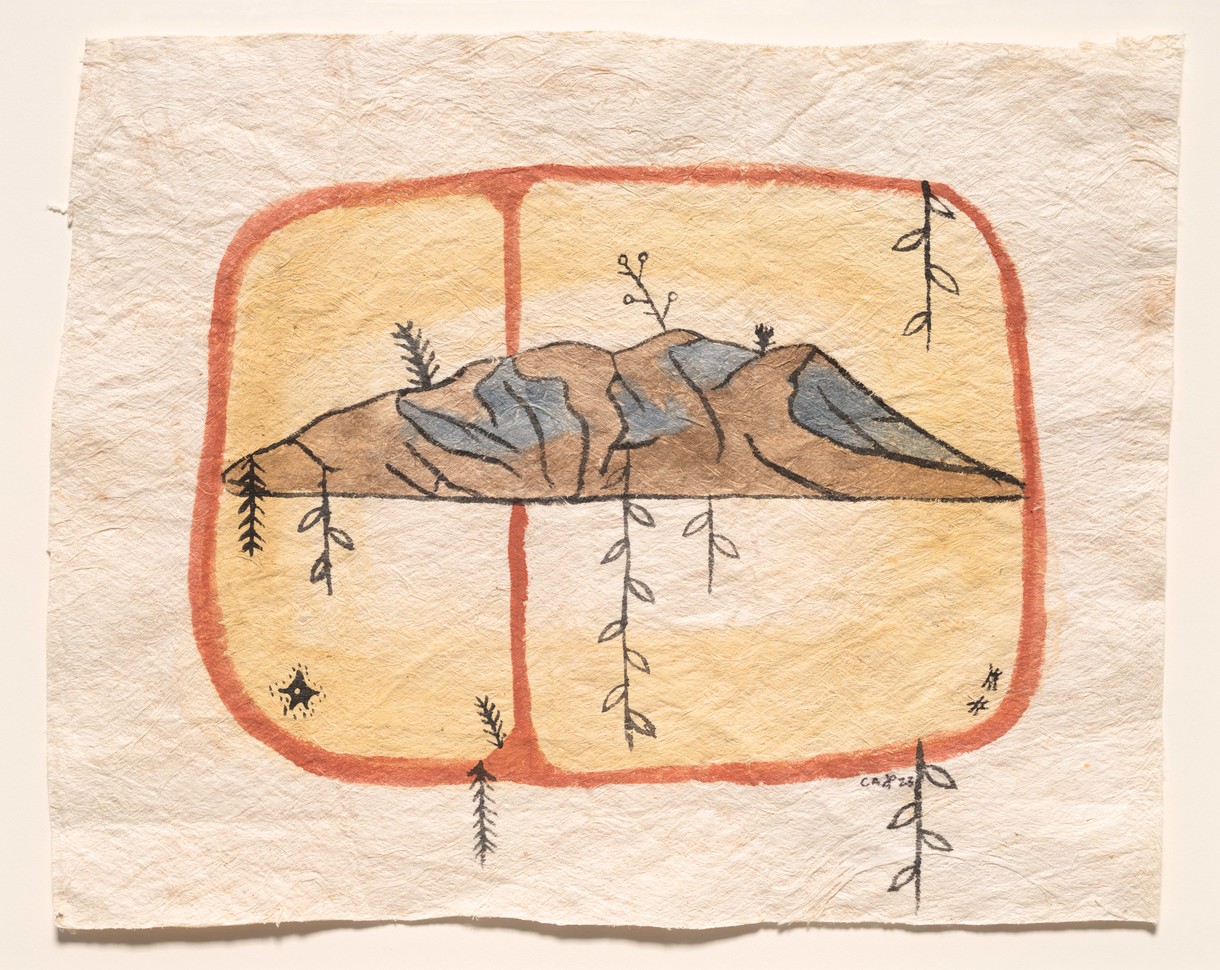
Encountering Aotearoa: Whenua, Place and Practice
I stand staring at a painting of Motupōhue Bluff Hill. Being from the far south myself, its shape is instantly recognisable, its silhouette painted in vibrant colours that mirror the way light reflects on the real Motupōhue. The paint used to create this familiar scene is made from whenua, and includes pukepoto, the rich blue pigment that comes from the land near the hill: my whenua. There’s a resonance between the work and its materials that makes it special, layered with connections that reflect my own identity and experiences, reaffirming memories and a sense of belonging.
Commentary

Abandoned Ancestors
Between 1971 and 1978, a selection of twelve early oil portraits came into the collection – a finely painted lineup of mostly British sitters, some named and some unidentified, whose arrival can be seen in a number of different ways.
Commentary
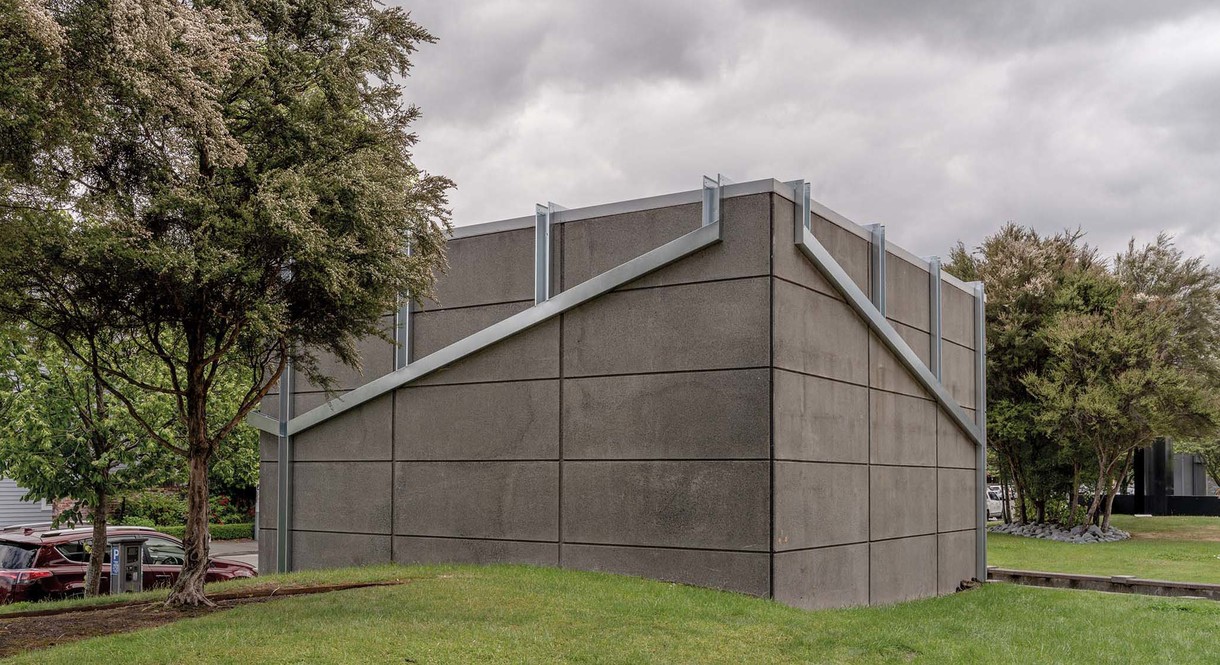
Channelling
In this issue of Bulletin we invited writer and curator Simon Gennard to respond to the exhibition Spring Time is Heart-break. Simon delves into works by artists Wendelien Bakker, Madison Kelly (Kāi Tahu, Kāti Māmoe, Pākehā) and Lucy Meyle, which each examine complex entanglements across species and human/non-human relationships. Looking to the dynamic thinking of writer Ursula Le Guin, Simon offers another way of looking at these artistic practices, as a process of making kin within our contemporary world.
Commentary
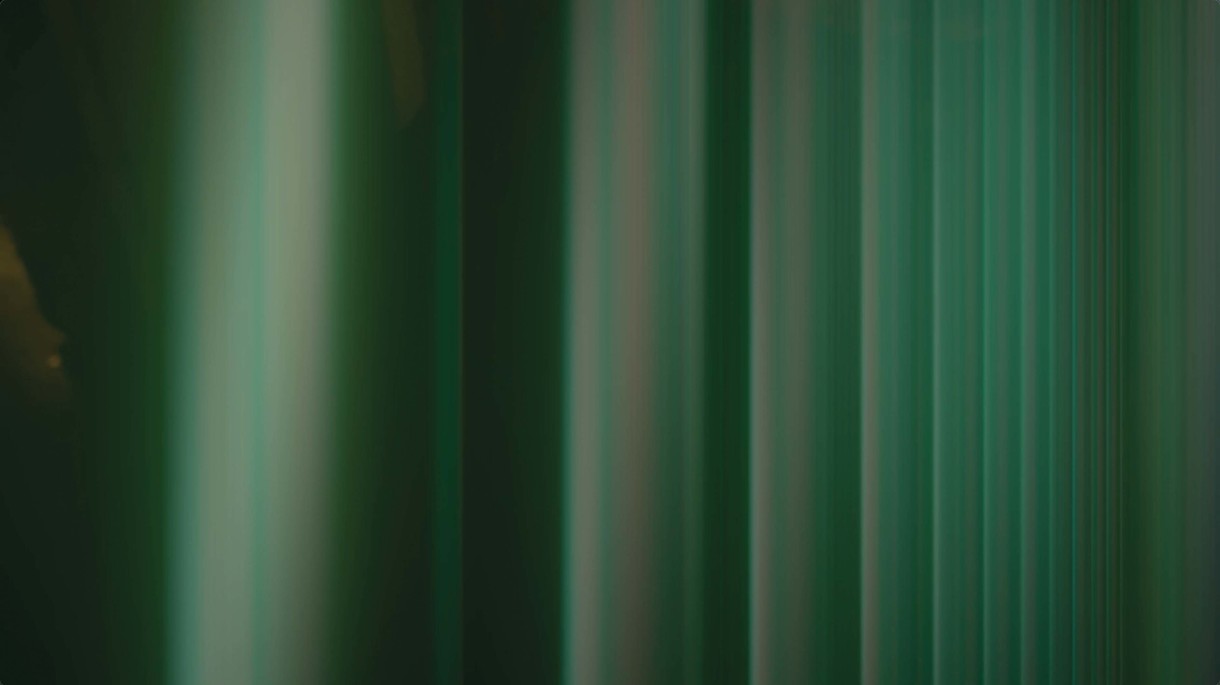
Silver Screen
Writing on the virtues of filmic possibility, Susan Sontag identifies that “the distinctive cinematic unit is not the image, but the principle of connection between the images: the relation of a ‘shot’ to the one that preceded and the one that comes after.” It is this ability to manipulate the structure of film that makes the medium special; editing, Sontag proposes, is the reason for film to exist at all. The continuation or dissolution of one scene into the next constitutes the materiality of the moving image; it is defined by the seams where it also might be undone. As such, an artist’s choice to work with moving image comes from an appreciation of its distinct characteristics.
Commentary
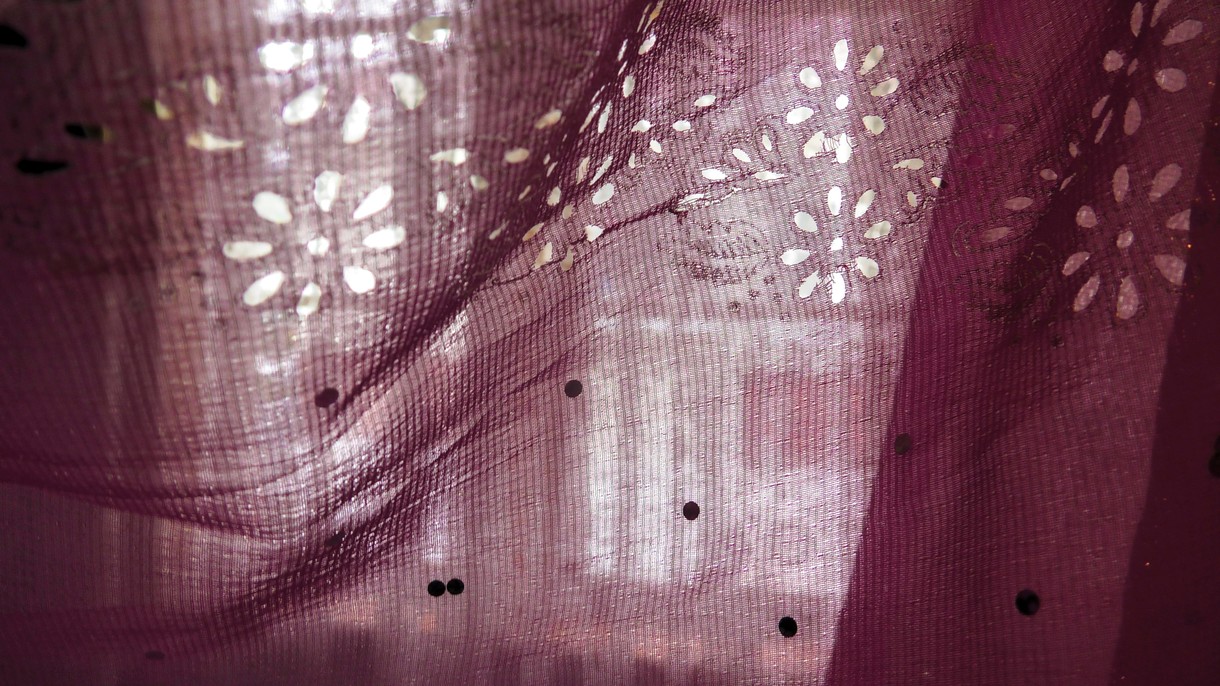
Spring Time is Heart-break
Christchurch Art Gallery Te Puna o Waiwhetū’s new exhibition Spring Time is Heart-break: Contemporary Art in Aotearoa takes its title from one of six poems written as memorials by Ursula Bethell after the death of her partner Effie Pollen. The couple’s relationship mirrored the seasonal changes in the garden they tended together during the decade that Bethell was writing poetry on Ngā Kohatu Whakarakaraka o Tamatea Pōkai Whenua, the Port Hills overlooking Ōtautahi Christchurch. For the poet, signs of spring became a bittersweet reminder of her lost love. Reading Bethell’s work today, her evocation of intense feelings and embeddedness with the land not only reflects the ethos of our present time, but also resonates with many of the works in the exhibition. Bethell claims that we are kin with the environment, foreshadowing ideas of human/non-human interconnectedness and echoing tangata whenua understandings of whakapapa to the whenua. Artist Aliyah Winter brought Bethell to our attention while she was conducting research for a new work; our choice of title was made to encompass seasons, temporality and emotion, as might be applied to contemporary practice in Aotearoa.
Commentary
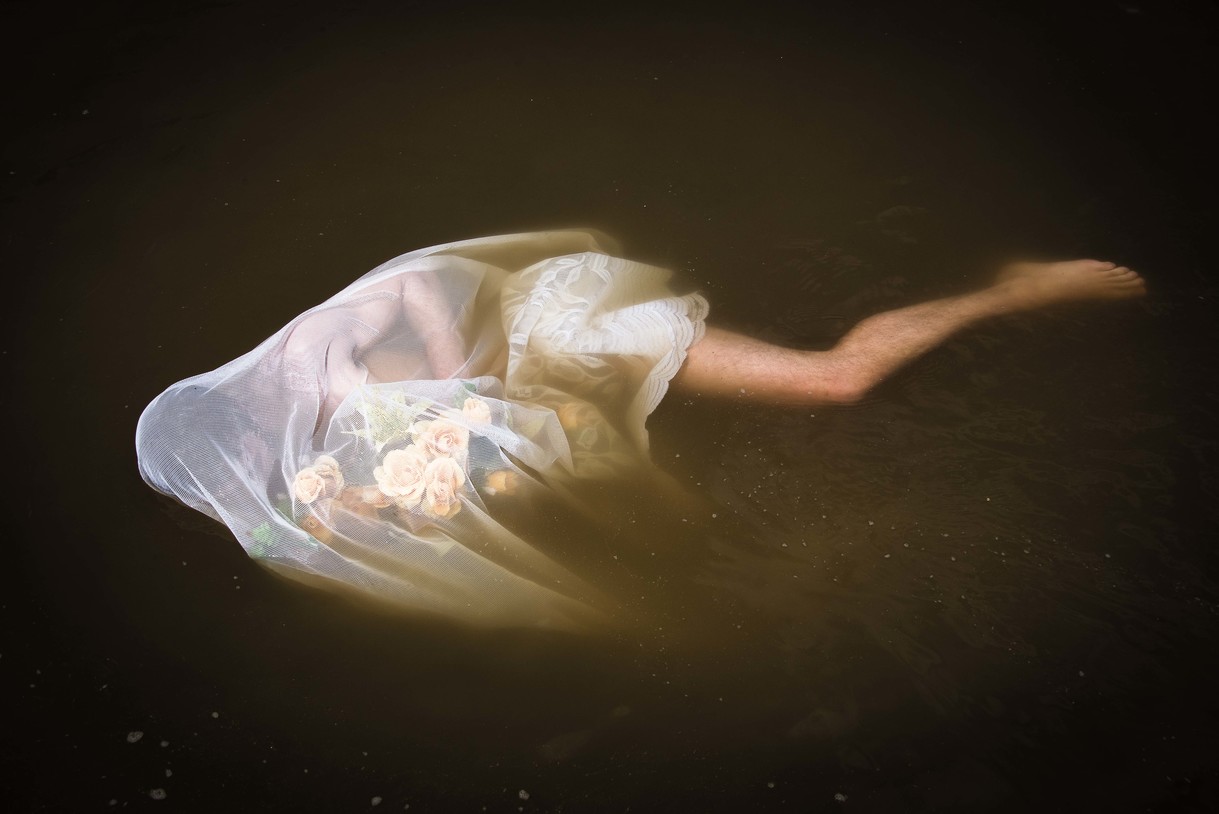
Watch Your Tongue
I te tīmatanga ko te hiahia Mai i te hiahia ko te mahara
Mai i te mahara ko te whakaaro Ka puta ko te kupu e.
In the beginning was the desire From the desire came the remembrance
From the remembrance came the conscious thought From the conscious thought came the word.
Rangimotuhia Kātene
Commentary

Crosstalk
“Orpheus hesitated beside the black river. With so much to look forward to he looked back.”
I drive north through darkening skies. Dim headlights diffuse a blue pallor over the sinking plains and pooling wetlands that glow in dusk. The car bends the coast before turning inland to ascend the thicket of pine that cuts across the dark island. Forest hedging the summit accedes to widening de- pressions in the land. Its recesses withhold rubbled secrets of a past that appear and recede without warning. I am driving into October.
Commentary
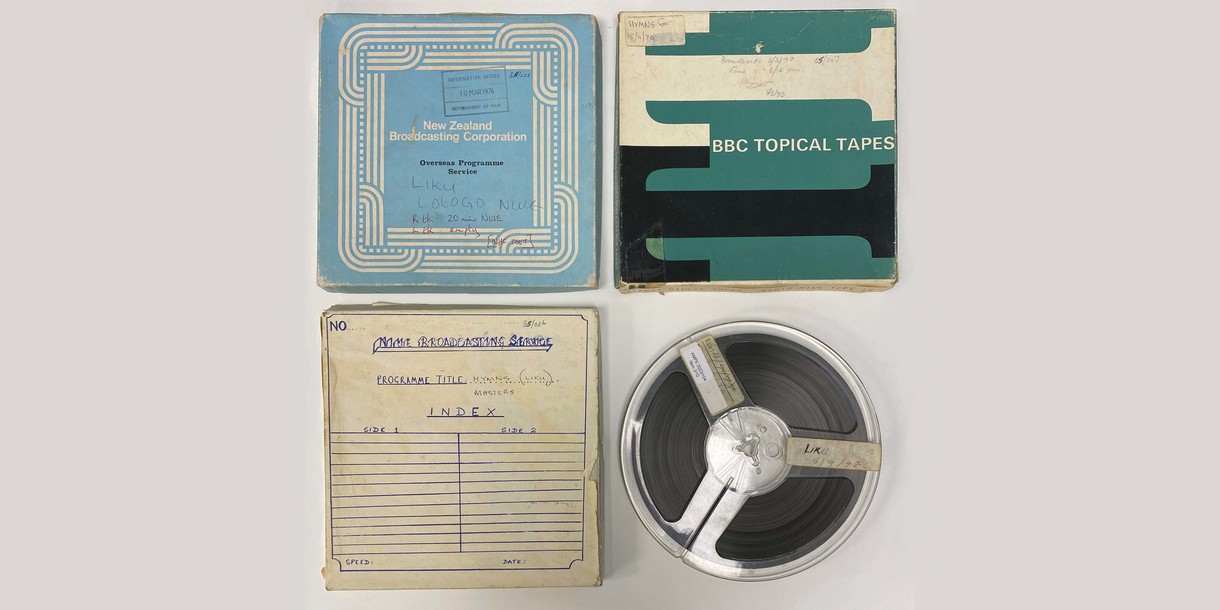
Capturing the Airs
In the archive there is a stillness, an air of silence animated by the low hum of electronics: servers buzzing, computer screens flickering, wires, old analogue equipment. I load an audio file into a software program with a few clicks of the mouse. Its waveform unfurls on my screen, a horizontal axis of blue lines accentuated by vertical peaks and troughs, rendering the singing breath and its energetic highs and lows. I press play and ambient sounds flood the speakers. The magnetic tape hisses, jumps and crackles as it winds along, the swell of laughter, singing voices, traffic passing by – inflections of a bygone era. I’m transported to the memory of learning mā'ulu'ulu, a Tongan group dance, as a young girl. After church on Sundays, in the middle of winter, we would pack into the cold hall for rehearsal, kept warm by the movement of bodies swaying together.

